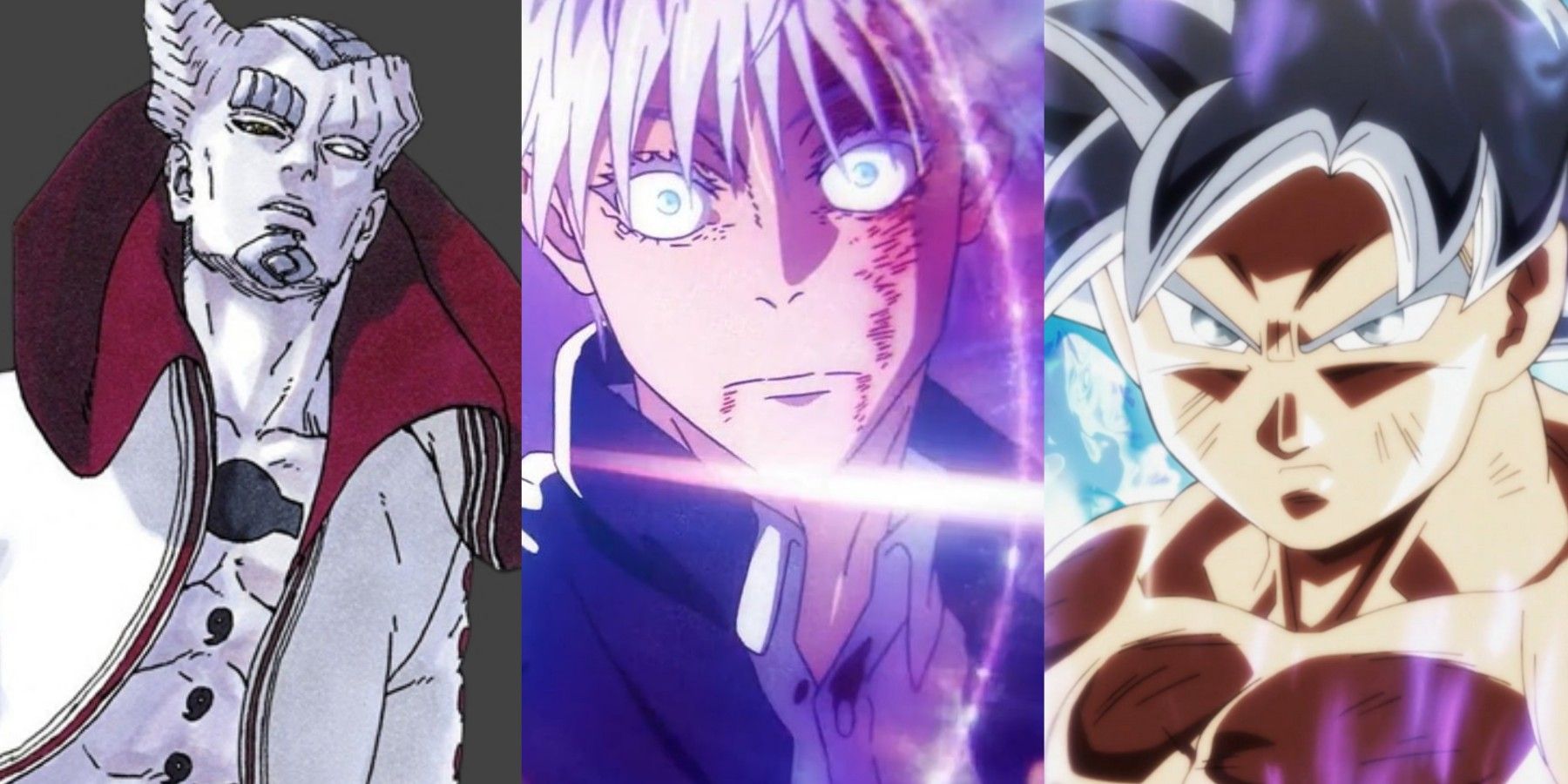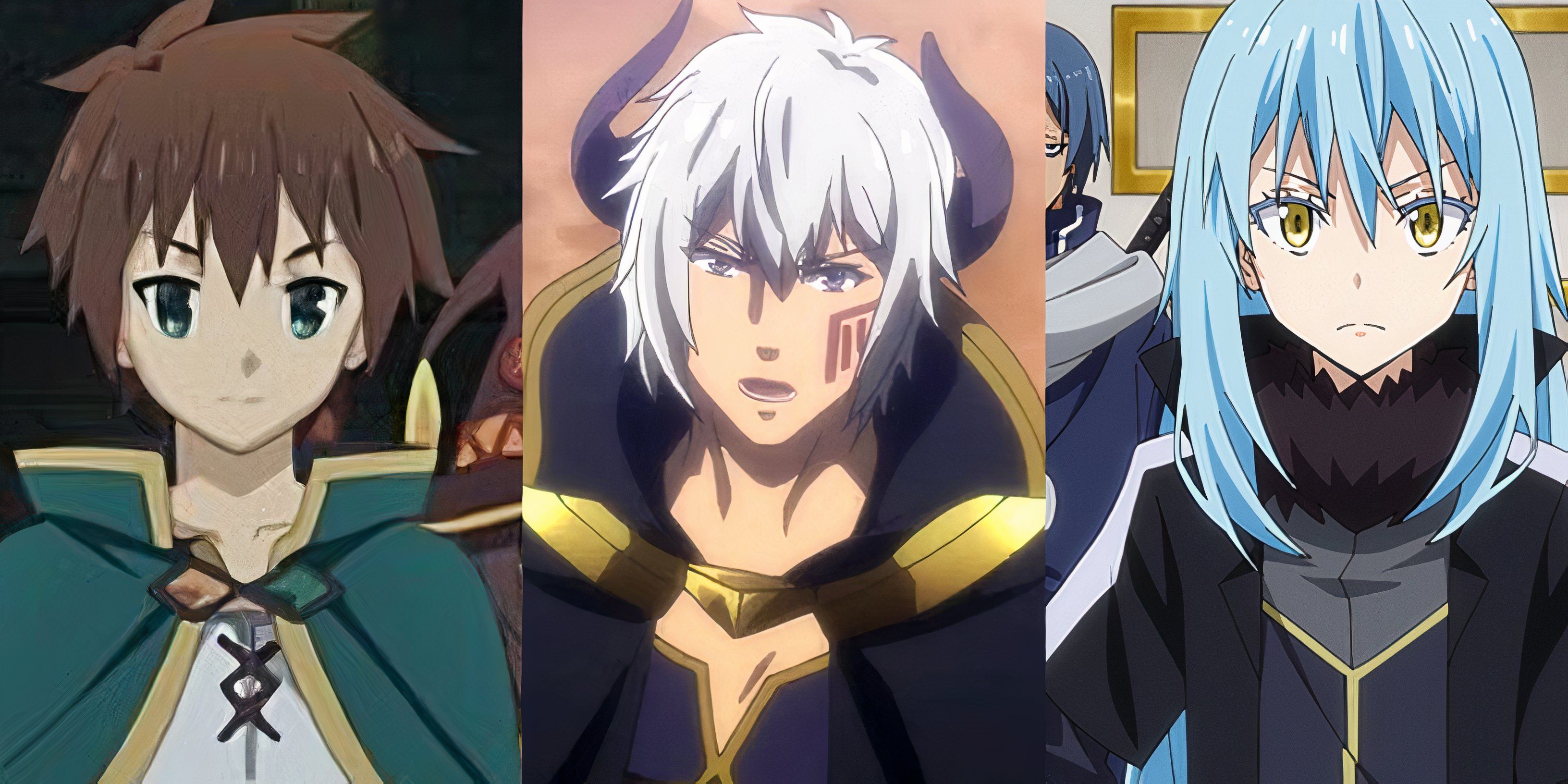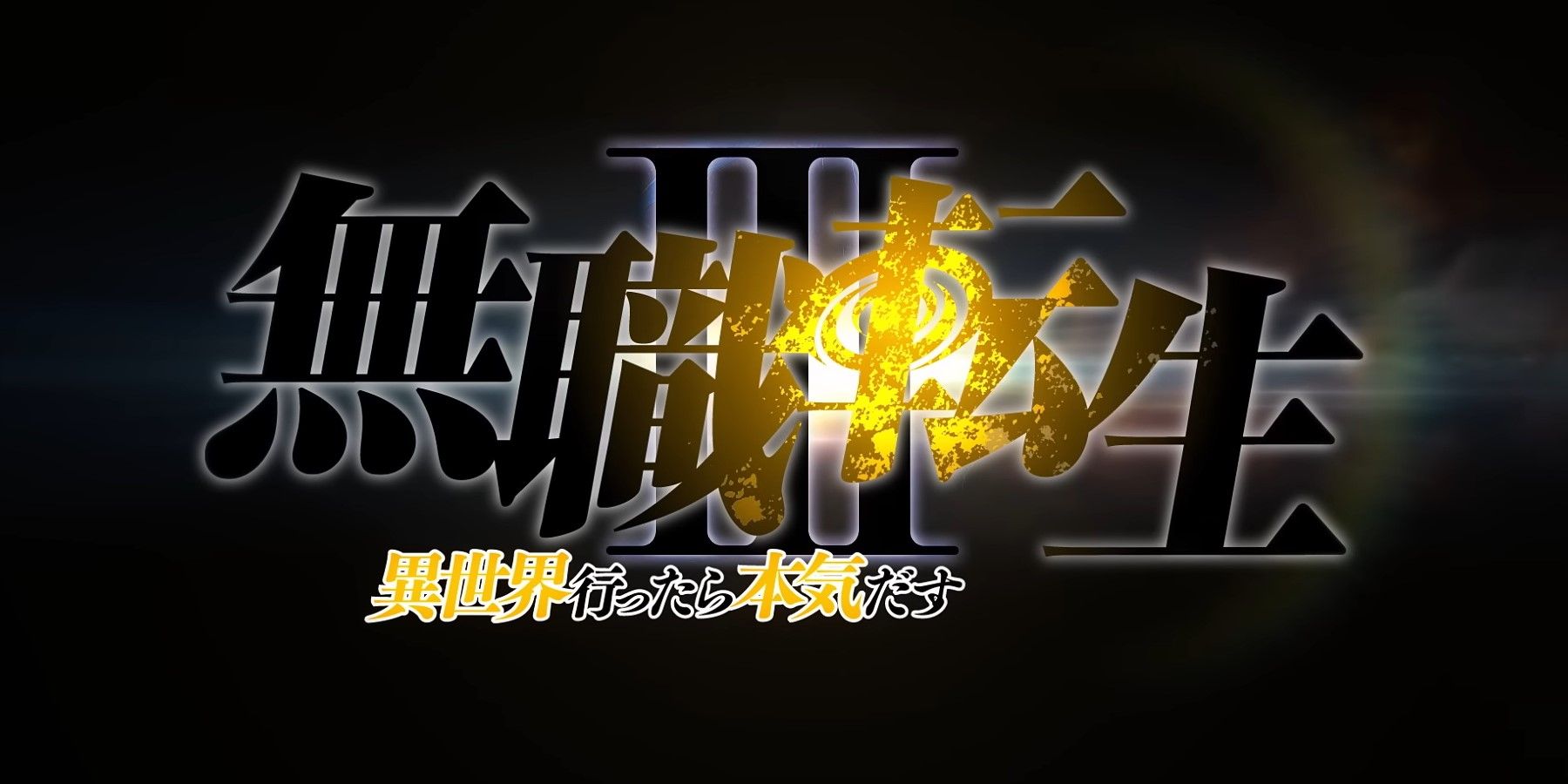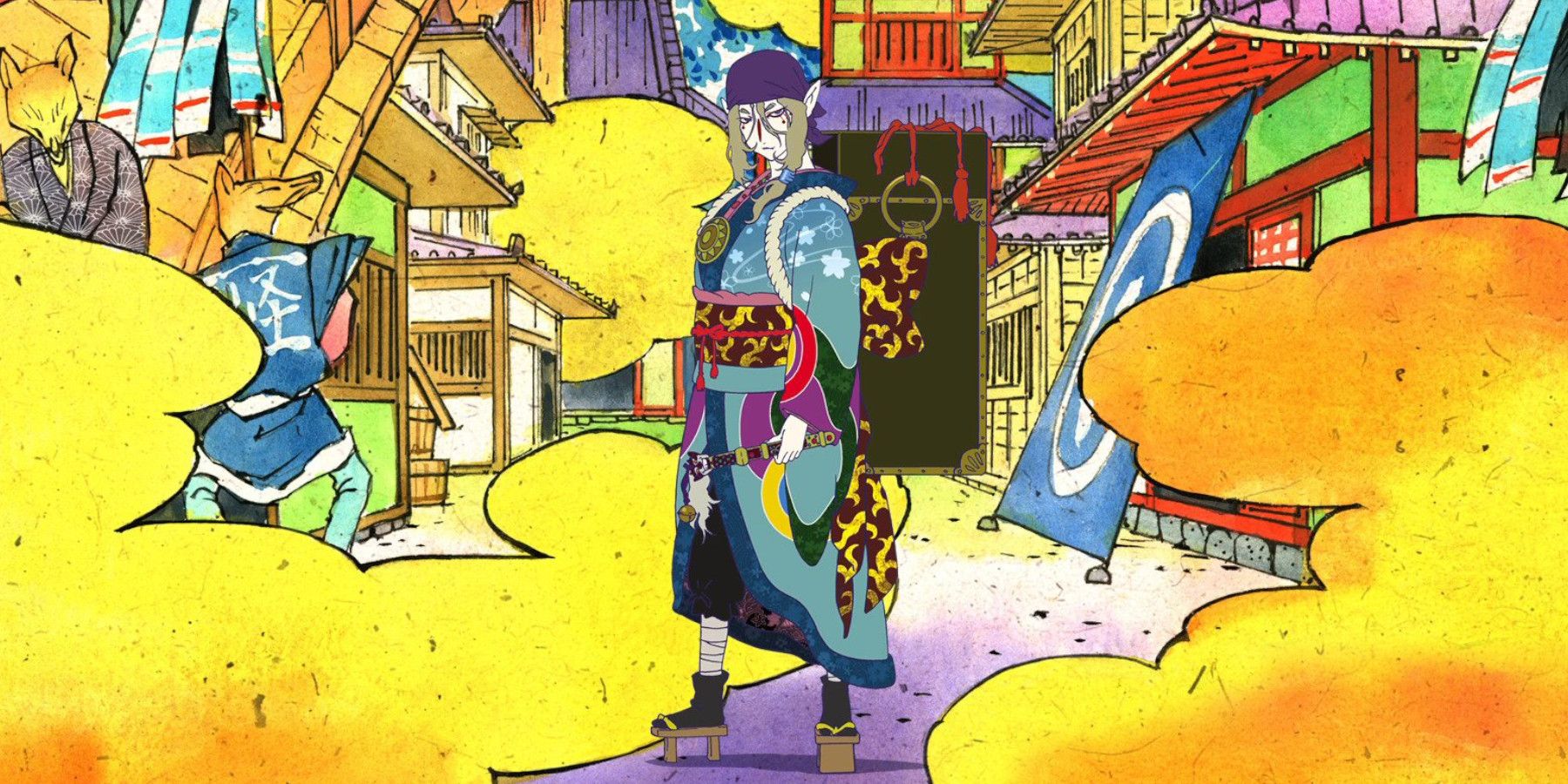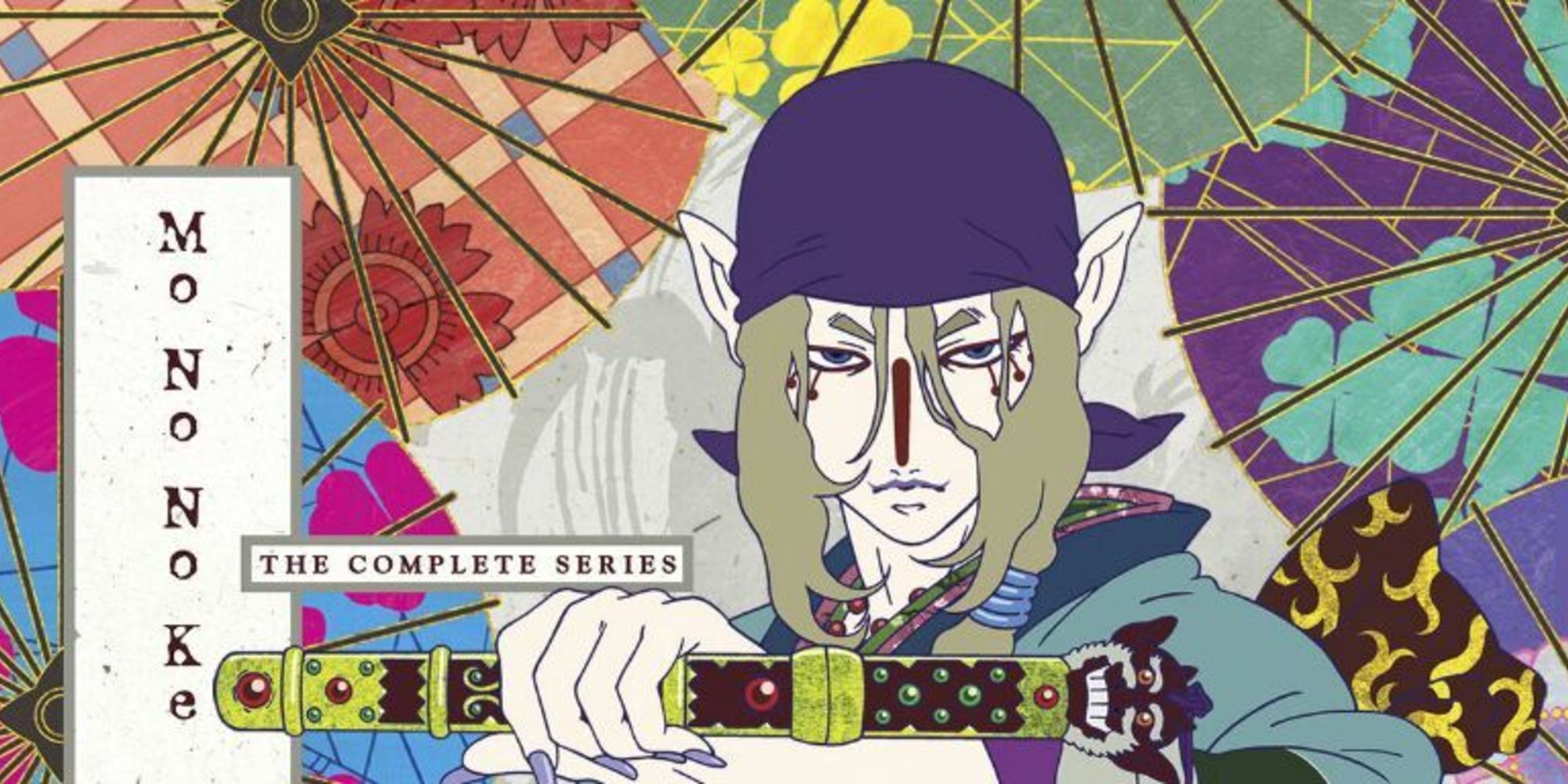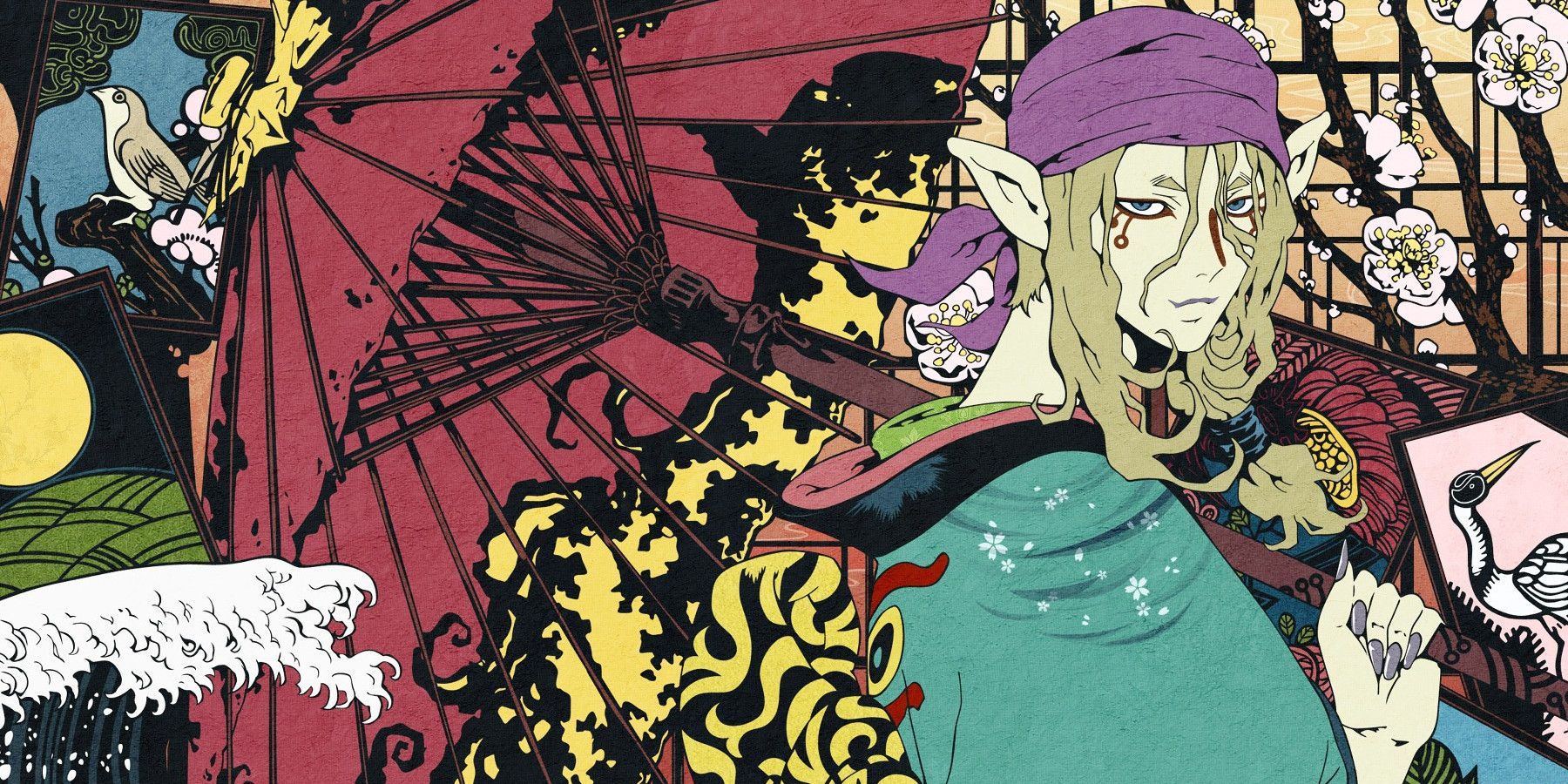Highlights
- Mononoke is a cult classic anime with visually stunning art direction and a captivating narrative that offers a unique and cerebral experience.
- The series follows the Medicine Seller, a mysterious man who hunts vengeful spirits, known as "mononoke," and must uncover their shape, truth, and reason to slay them.
- Each episode explores the backstory of the characters affected by the spirits, revealing societal injustices and emphasizing the protagonist's role in putting their souls to rest.
The cult classics of anime have a distinct allure about them, in that even if one has never seen them, the sheer sight of their iconography registers in the mind as culturally significant. Toei Animation's Mononoke is one such classic that pops up frequently, and its praise is well deserved, for its visual style and narrative prowess make for a uniquely cerebral experience.
Aired in 2007, Mononoke was directed by Kenji Nakamura (Gotchaman Crowds, Tsuritama), with scripts by Ikuko Takahashi, Michiko Yokote, and Chiaki J. Konaka. While the series alone is notable, it was actually a spinoff of Ayakashi: Samurai Horror Tales, an anthology from the year previous, in which this series' protagonist first made their debut.
Shape, Truth, and Reason
Mononoke is the story of the Medicine Seller, or Kusuriuri, a man who - as his title suggests - wanders Japan as a traveling merchant, but one who conceals a far more dangerous craft. He hunts vengeful spirits, referred to in Japanese as "mononoke," and slays them with the sword of exorcism. However, before the sword can be unsheathed, the Medicine Seller must discern the Katachi (Shape), Makoto (Truth), and Kotowari (Reason) of the mononoke.
In stories involving spirits and the exorcisms of the like, it's rarely simply a matter of slaying them. As spirits with unfinished business in the real world, there are emotions tied to people, things, and concepts, which tether these spirits to our world. There's a reason why the bulk of ghost stories involve protagonists researching the spirits afflicting them or others. To banish a spirit, one needs to understand it.
This series embodies this very concept, carving its rules in stone, and building anticipation with each of the three prerequisites met, and not always in the same order. Perhaps the mononoke conceals itself, hiding its shape, or perhaps the truth of the mononoke's origin is different from what the Medicine Seller or his companions hypothesize. It is a mystery wherein the protagonist is equal parts ghost hunter and detective.
The Medicine Seller himself is as mysterious as the spirits he exorcises and the further the series progresses, the more one suspects that he's not entirely human. He is a calm and composed man, largely undisturbed by the surrounding happenings. His low dulcet voice is hypnotic and commands the attention of surrounding parties far less composed in the face of vengeful spirits.
This is the kind of story where the protagonist is something of an observer. He will intervene to save someone's life or to interrogate the shape, truth, or reason, but he remains ever-stoic. He possesses a unique charisma amidst his mystique that is exemplified through the contrast between him and those whom he protects. There is a subtle complexity about him that reveals itself through how he speaks to different people.
Because of this, the supporting cast is an integral part of the story. In each of the five stories across 12 episodes, the Medicine Seller finds himself accompanied by a wide range of people who are similarly accosted by the mononoke, sometimes even specifically targeted. Through these encounters with spirits, they reveal a great deal about themselves.
For instance, the second story, "Umibouzu," sees the passengers of a boat all asked what they fear the most by a fish-shaped mononoke playing a biwa. No matter the answer, said fear will become reality, if only for a moment, often shedding light on their pasts. Similarly, the last story, "Bakeneko," centers around a group of seemingly unrelated people who are all connected by their relation to a young woman who reportedly committed suicide.
It's interesting to note that as the series goes on, a pattern becomes clear. Each of the stories reflects injustices done to women in some way, which can reframe how one looks at the story and the Medicine Seller as a hero. He isn't merely exorcising evil spirits, but putting to rest the souls whose pain reflects society's complacency with what was done to them.
The Look and Feel of Mononoke
Mononoke's single most identifiable quality is undoubtedly its art direction, as it is likely what draws most viewers to this show. It evokes traditional Japanese theater to present itself as an inspired pastiche of classic horror mythology. This is something reflected structurally with the sliding doors used at the beginnings and endings of the episodes, like curtain opening and closing on a performance.
The color design is vibrant and surreal, with compositions that create vast and unforgettable spaces. Fans of Nakamura's work on shows such as Tsuritama will appreciate the abstraction employed to convey the emotionality of the story. During the "Nopperabou" story, a female prisoner recollects how her family tormented her, but their faces are never shown. Often, they are instead symbolized through paintings with voice-over.
During the following story, "Nue," the colors are washed out and gray, except for the Medicine Seller, but whenever the characters smell incense, their colors briefly return. Mononoke's color pallet is grand but very meticulous, and one can feel the thought put into every shade. As for the character designs, they can look quite bizarre, but this feels just as intentional and methodical.
It quickly becomes clear that this series prioritizes the personality and expressionism of its characters over creating designs that are conventionally beautiful. From the first episode to the last, these characters are wonderfully acted through the animation and the voice talent carries the drama of this series. Were it not for the vocal talents of this cast, there'd hardly be any life to be found beyond the pretty artwork.
As for the sound, it can toe a line between serene and horrifying, and the patient application of each sound creates a chilling ambiance. The music by Yasuharu Takanashi (Naruto: Shippuuden, Boruto, Zombieland Saga) was similarly pleasing, and it helped strengthen the story's most raw and human moments.
The Return of Mononoke
For anyone who has contemplated giving this series a shot, it is most certainly worth it for lovers of the supernatural and the abstract. Especially now, as the series is coming back for a new feature film, directed once again by Kenji Nakamura, set to be released in 2024. It's incredible to think that after 18 years, this cult classic is back to dazzle audiences yet again. However, the new film has not been without some controversy.
In late 2022, the Medicine Seller's voice actor, Takahiro Sakurai, was revealed to have been in a messy extramarital affair with the writer behind his travel radio show. Long story short, Sakurai was recast for the upcoming movie. Given how Mononoke's story depicts the injustices done to women, publisher Twin Engine deemed it would be inconsistent with the story's message to keep Sakurai. He will be voiced instead by Hiroshi Kamiya (Koyomi Araragi in the Monogatari Series).
There are very few anime that look quite like Mononoke and that fact alone is worth giving this story a shot. It is a consistently striking, beautiful, albeit occasionally frightening adventure that never stays in one place too long. Furthermore, the heart of its story lies in a powerful examination of the pain that lingers in this world after death.
Mononoke is available to stream on Netflix.
